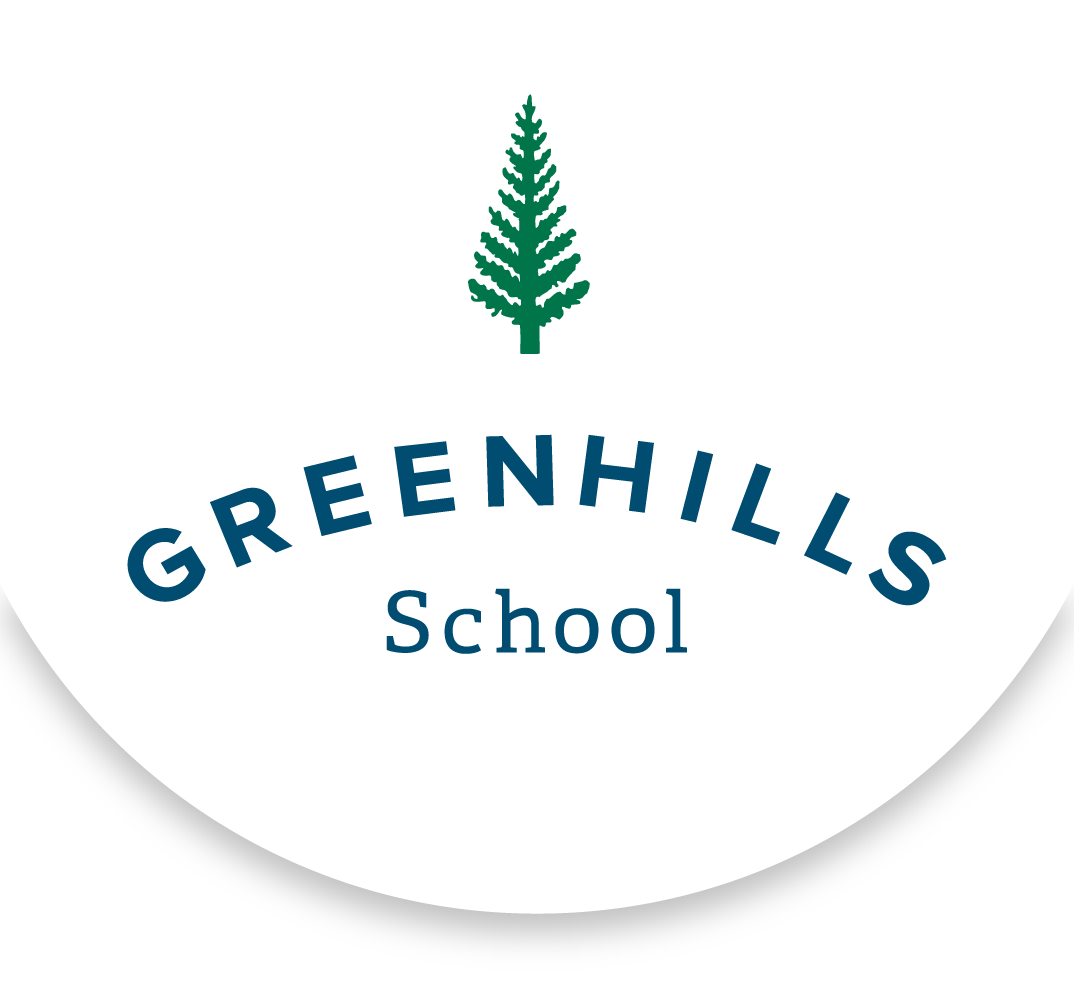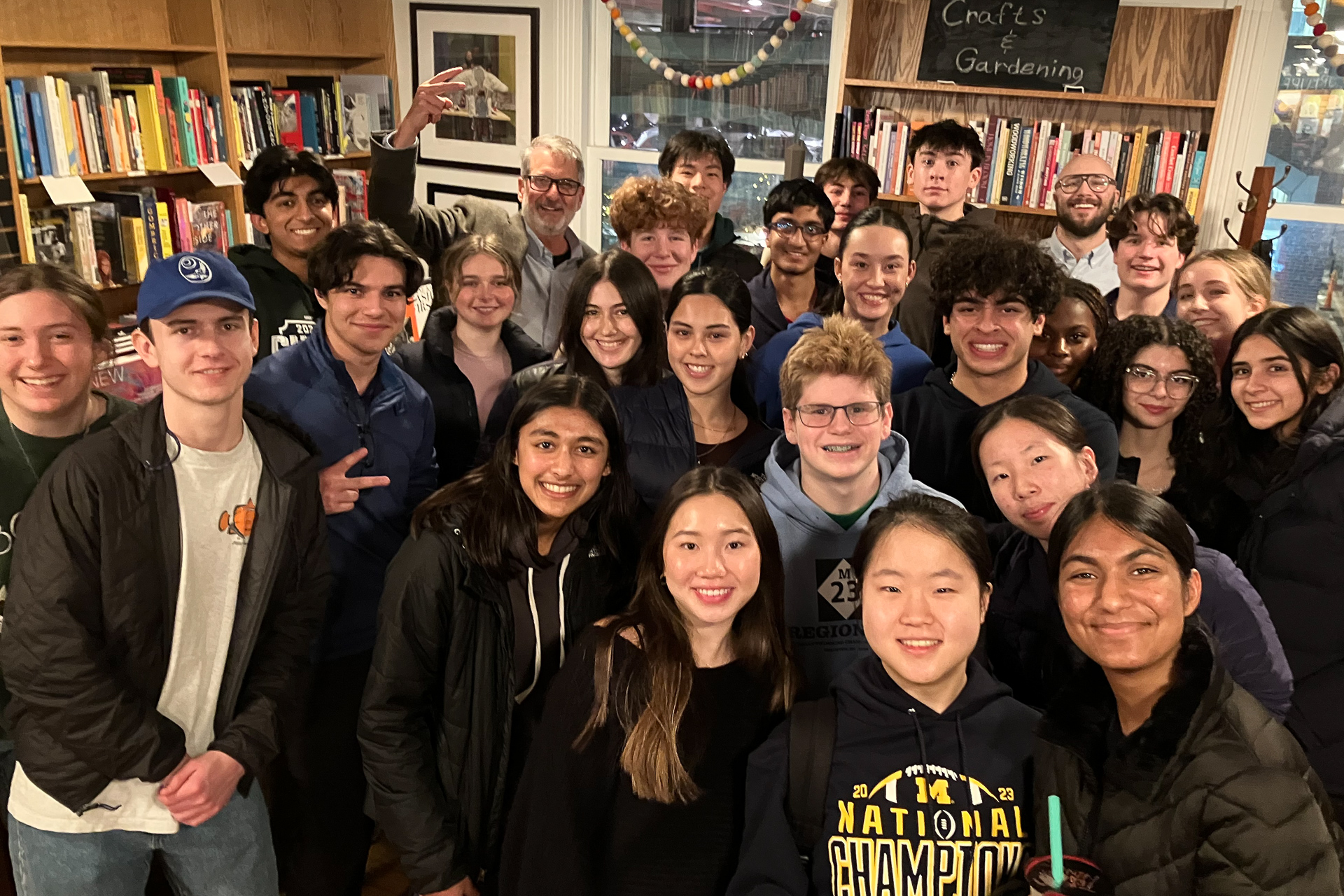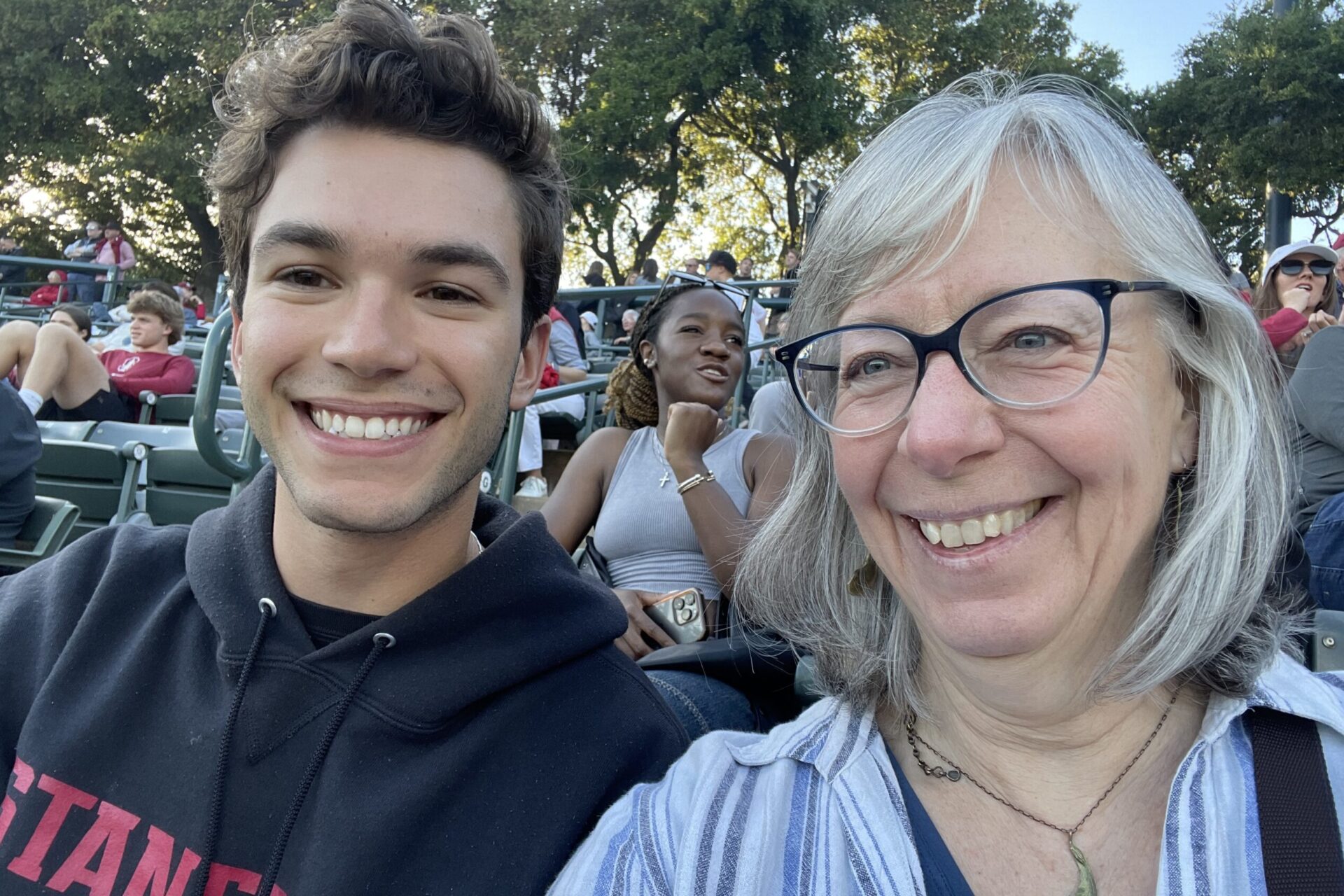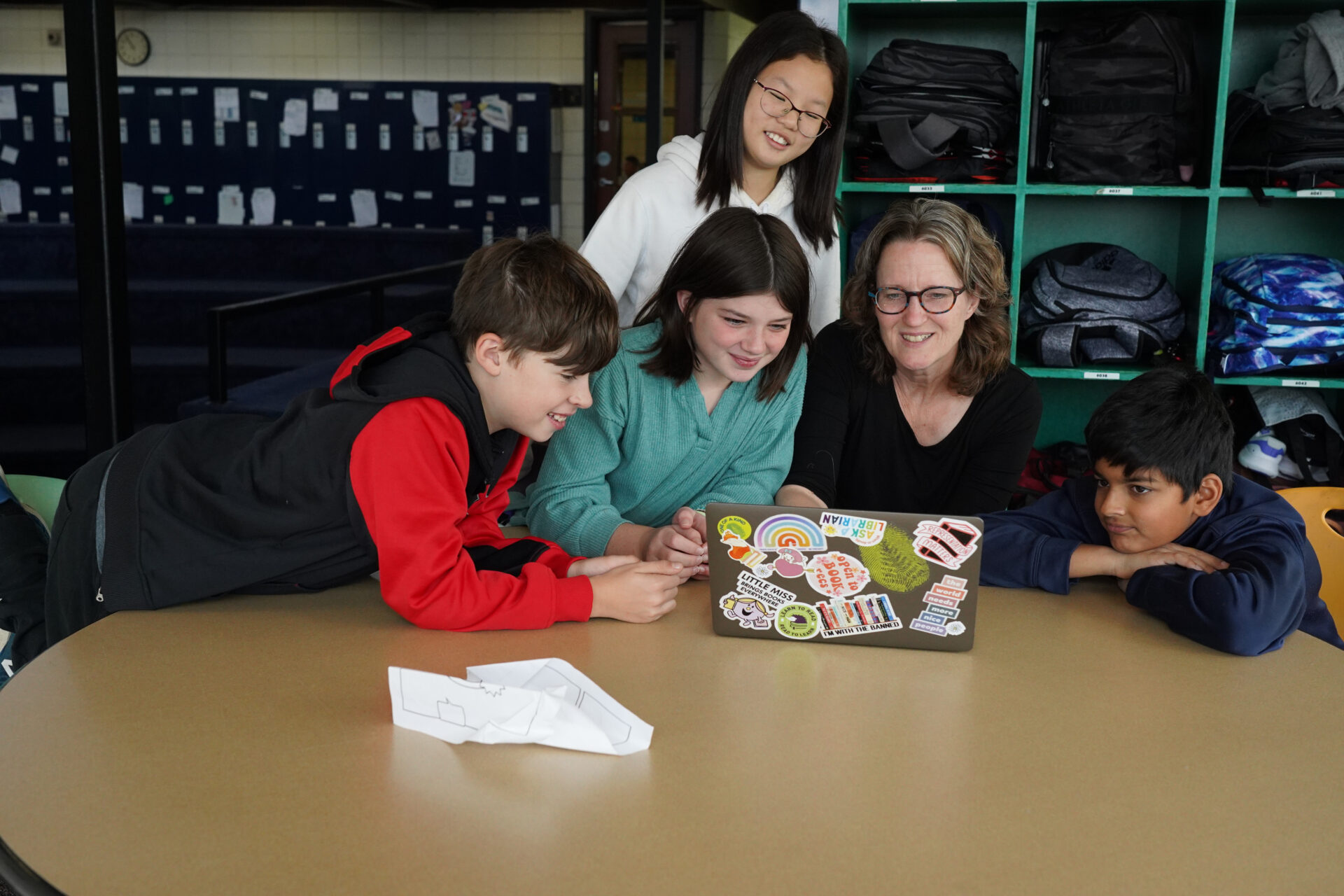Sharing the knowledge: On teachers and peer-reviewed research

Much of the work we do as teachers is done in isolation. Teaching is a thinking profession, and most teachers, myself included, require some “alone time” to reflect on our teaching, research best practices, and increase our content knowledge.
While we may benefit from the work we do in isolation, I am a firm believer that our profession and our fellow professionals can only benefit from our sharing the fruits of our solitary ruminations. Conference presentations are one way to share our knowledge and insight, and many teachers take time out of their busy schedules to prepare and deliver such presentations, a worthy endeavor that can sharpen our thinking and open a dialogue with others.
What teachers undertake less often is preparing and submitting papers for publication in peer-reviewed journals. That teachers are hesitant to jump into the publication mill is not terribly surprising—writing, preparing, and submitting manuscripts for peer-review and publication is always time-consuming, often frustrating, and sometimes downright infuriating. Yet, when all is said and done, it is also incredibly rewarding. Knowing that you have something in print, and that you, as a classroom teacher, have contributed to the body of knowledge about teaching, leaves you feeling a sense of professionalism like nothing else. What is more, the entire process encourages you to research your own practice, using records of practice like curricular materials, revisions or annotations, teaching reflections, and student work as data to be analyzed and to serve as evidence of teaching successes or failures. It also leads you to collaborate with others who might be interested in working on a research and writing project together. The whole prospect of publication makes you a teacher-researcher, which, I think, helps you to be a better teacher.
And it can be done. Over the past year, I’ve been lucky enough to get one co-authored piece in print (see http://worldhistoryconnected.press.illinois.edu/11.2/harris.html), and I’ve been working with my colleague, fellow Greenhills history teacher Peter Holland, to prepare another manuscript. Then there are probably at least a dozen more ideas I would like to begin work on.
The teachers I’ve worked with at Greenhills, as well as several other teachers I’ve met throughout my career, have so many great ideas, and whether they realize it or not, they are often doing informal research related to those ideas. We owe it to ourselves and to our profession to leave a better record of such work.
–History and Social Science Department Chair Tamara Shreiner, PhD





